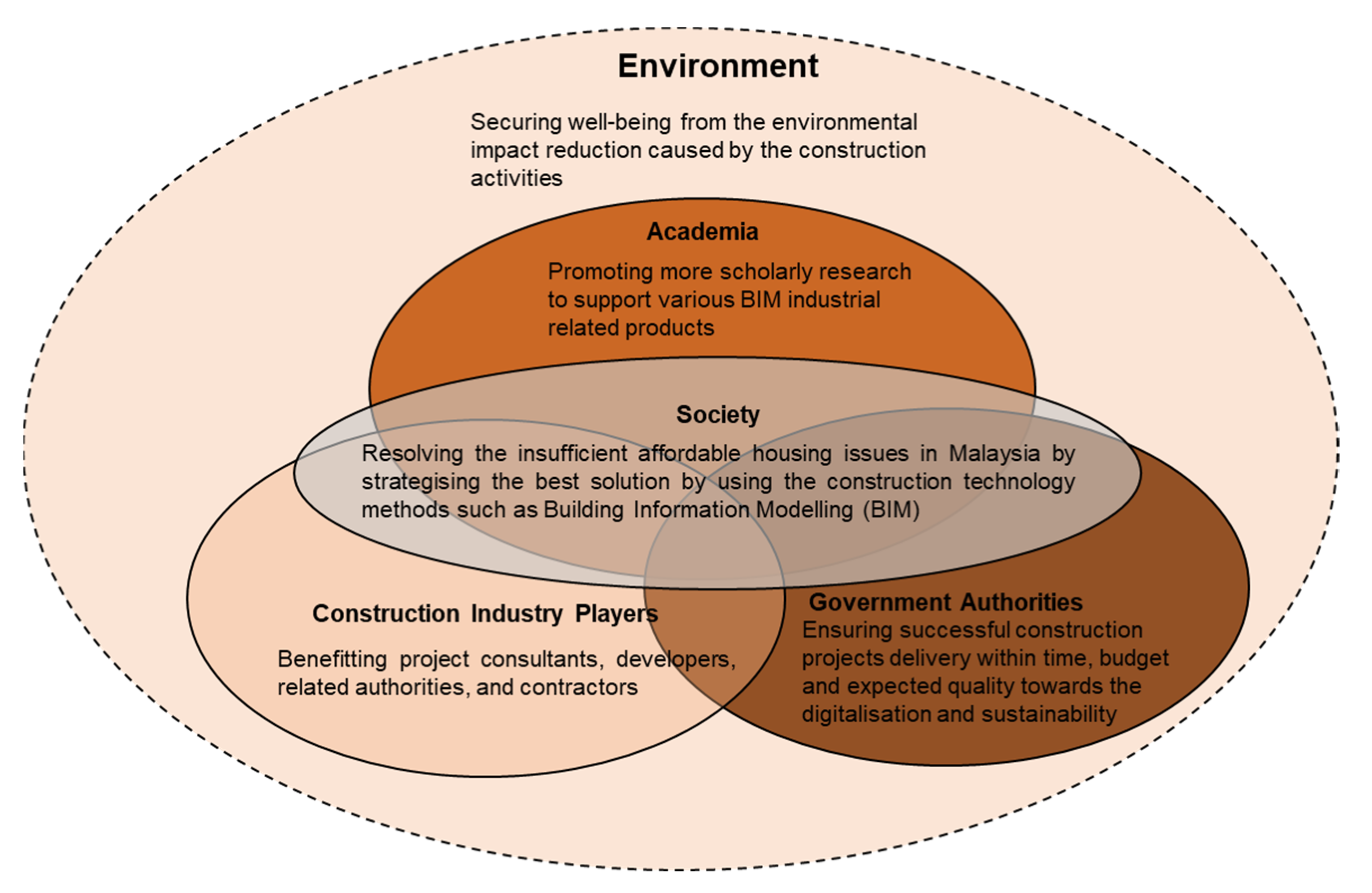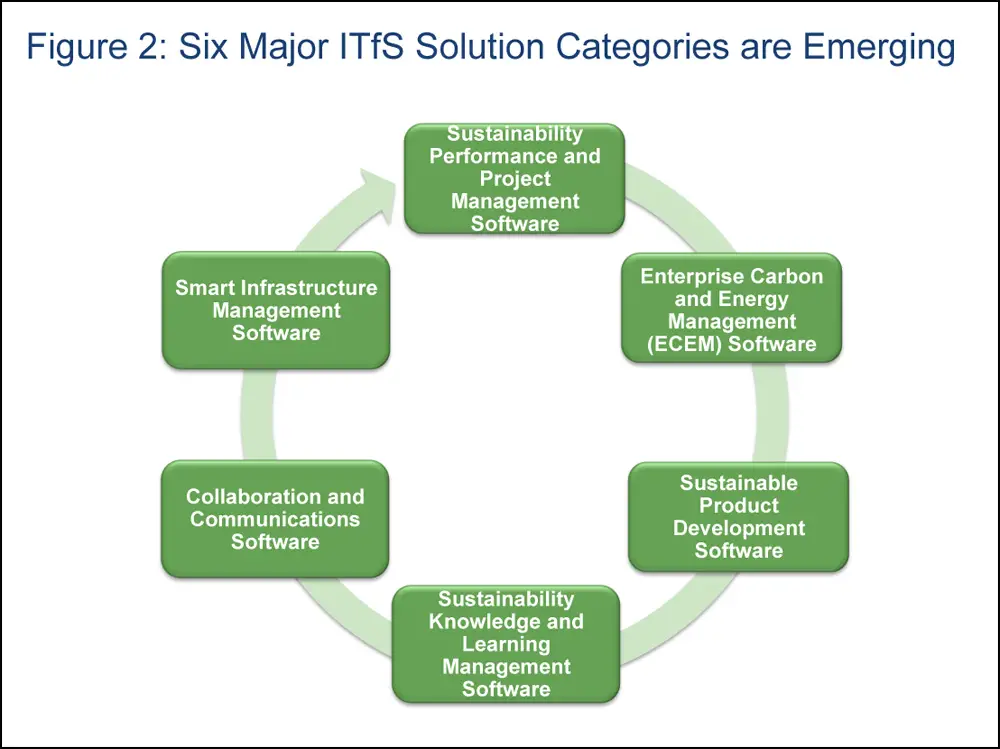Software Sustainability Struggles: Writing Environmentally Sustainable Code

Software sustainability encompasses the environmental impact of software development and use. Writing environmentally sustainable code involves considering the energy consumption, resource utilization, and end-of-life disposal of software products. Key challenges in achieving software sustainability include:

Energy Consumption: Software execution consumes electricity. Optimizing algorithms, reducing unnecessary computations, and implementing power-saving features can minimize energy consumption.

Resource Utilization: Software can allocate excessive memory and CPU resources. Resource optimization techniques, such as memory management optimization, can mitigate resource utilization and reduce energy consumption.
End-of-Life Disposal: Software products eventually become obsolete, creating electronic waste. Designing software for ease of disposal and promoting software reuse and recycling can reduce environmental impact.
Additional Considerations:
Hardware Selection: Choosing energy-efficient hardware and optimizing software for low-power devices can reduce energy consumption.
Cloud Computing: Cloud providers offer energy-efficient data centers. Utilizing cloud services can shift the sustainability responsibility to providers and enable resource optimization.
Education and Awareness: Raising awareness among developers and users about software sustainability is crucial. Educating stakeholders promotes eco-friendly development practices and informed decision-making.
Metrics and Measurement: Establishing metrics and tools to measure software sustainability helps monitor progress and identify areas for improvement.
Collaboration and Standardization: Collaboration among stakeholders, standardization organizations, and software vendors is essential for developing consistent and effective sustainability practices.
Addressing these challenges is essential for creating a more sustainable digital environment. Software developers and organizations must adopt eco-friendly development practices, promote sustainable software use, and advocate for industry-wide sustainability initiatives to mitigate software’s environmental impact.## Software Sustainability Struggles: Writing Environmentally Sustainable Code
Executive Summary
Software development’s environmental impact is a growing concern, as the industry contributes significantly to carbon emissions and resource consumption. Writing environmentally sustainable code involves considering energy efficiency, resource utilization, and waste reduction throughout the software development lifecycle. By adopting sustainable coding practices, software engineers can mitigate their environmental footprint and contribute to a greener future.
Introduction
The proliferation of digital technologies has led to an exponential increase in software development. However, this rapid growth has also brought attention to the significant environmental toll of the software industry. From energy-intensive data centers to e-waste generated by discarded devices, software development contributes to greenhouse gas emissions and resource depletion. Therefore, it is imperative for software engineers to adopt sustainable coding practices to minimize their environmental impact.
FAQs
What is environmentally sustainable code?
Environmentally sustainable code is software that is designed, developed, and deployed in a way that minimizes its environmental footprint. This includes considering energy efficiency, resource utilization, and waste reduction throughout the software development lifecycle.
Why is writing environmentally sustainable code important?
Writing environmentally sustainable code is important because the software industry contributes significantly to carbon emissions and resource consumption. By adopting sustainable coding practices, software engineers can reduce their environmental impact and contribute to a greener future.
What are some tips for writing environmentally sustainable code?
There are many tips for writing environmentally sustainable code, including:
- Use energy-efficient algorithms and data structures
- Optimize code for resource utilization
- Reduce waste through code reuse and refactoring
- Use cloud computing providers with strong environmental commitments
- Choose hardware that is energy-efficient
Subtopics
Energy Efficiency
Energy efficiency is a critical aspect of writing environmentally sustainable code. The energy consumption of software is primarily determined by the algorithms and data structures used. By choosing efficient algorithms and data structures, software engineers can reduce the amount of energy required to run their software.
- Choose efficient algorithms: Some algorithms are more energy-efficient than others. For example, quicksort is more energy-efficient than bubble sort.
- Use efficient data structures: Data structures also play a role in energy efficiency. For example, a hash table is more energy-efficient than a linked list.
- Optimize code for cache: Optimizing code for cache can also improve energy efficiency. Cache is a high-speed memory that stores frequently accessed data. By organizing data in a way that maximizes cache hits, software engineers can reduce the amount of energy required to access data.
- Use energy-efficient programming languages: Some programming languages are more energy-efficient than others. For example, C++ is more energy-efficient than Python.
- Use energy-efficient hardware: The hardware used to run software also affects energy efficiency. For example, laptops are more energy-efficient than desktops.
Resource Utilization
Resource utilization is another important aspect of writing environmentally sustainable code. Software can consume a variety of resources, including memory, CPU, and storage. By optimizing code for resource utilization, software engineers can reduce the amount of resources required to run their software.
- Minimize memory usage: Memory usage can be reduced by using efficient data structures and avoiding memory leaks.
- Optimize CPU usage: CPU usage can be optimized by using efficient algorithms and avoiding unnecessary calculations.
- Optimize storage usage: Storage usage can be optimized by using efficient data compression techniques and avoiding unnecessary data duplication.
- Use cloud computing: Cloud computing can help reduce resource utilization by providing access to shared resources.
- Choose resource-efficient hardware: The hardware used to run software also affects resource utilization. For example, servers with more cores and more memory can handle more load without consuming more energy.
Waste Reduction
Waste reduction is the third aspect of writing environmentally sustainable code. Software waste can take many forms, including unused code, redundant code, and inefficient code. By reducing waste, software engineers can minimize the environmental impact of their software.
- Refactor code: Refactoring code can help reduce waste by removing unused code and redundant code.
- Use code generators: Code generators can help reduce waste by automating the generation of efficient code.
- Test code thoroughly: Testing code thoroughly can help reduce waste by identifying and fixing bugs early in the development process.
- Use version control: Version control can help reduce waste by allowing software engineers to track changes to code and revert to previous versions if necessary.
- Dispose of old hardware responsibly: Old hardware should be disposed of responsibly to prevent it from ending up in landfills.
Cloud Computing
Cloud computing can be a valuable tool for writing environmentally sustainable code. Cloud computing providers offer a variety of services that can help reduce energy consumption and resource utilization.
- Use energy-efficient cloud providers: Some cloud providers are more energy-efficient than others. For example, Google Cloud Platform uses renewable energy to power its data centers.
- Use cloud services that are optimized for energy efficiency: Cloud providers offer a variety of services that are optimized for energy efficiency. For example, Amazon Web Services offers a “Sustainable Compute” service that uses energy-efficient servers.
- Use cloud services to reduce resource utilization: Cloud services can help reduce resource utilization by providing access to shared resources. For example, cloud storage can be used to reduce the amount of storage space required on local servers.
- Use cloud services to reduce waste: Cloud services can help reduce waste by providing access to tools and services that can help software engineers identify and fix bugs early in the development process.
- Use cloud services to dispose of old hardware responsibly: Cloud providers offer a variety of services that can help software engineers dispose of old hardware responsibly. For example, Amazon Web Services offers a “Hardware Disposal” service that recycles old hardware.
Hardware
The hardware used to run software also plays a role in environmental sustainability. By choosing energy-efficient hardware, software engineers can reduce the environmental impact of their software.
- Use energy-efficient hardware: Energy-efficient hardware consumes less energy than traditional hardware. For example, laptops are more energy-efficient than desktops.
- Use hardware that is designed for sustainability: Some hardware manufacturers are now offering hardware that is specifically designed for sustainability. For example, Dell offers a line of laptops that are made from recycled materials and are energy-efficient.
- Use hardware that is built to last: Hardware that is built to last will need to be replaced less frequently, which will reduce the environmental impact of hardware production.
- Use hardware that is easy to repair: Hardware that is easy to repair can be fixed instead of replaced, which will reduce the environmental impact of hardware disposal.
- Use hardware that is recyclable: Hardware that is recyclable can be recycled at the end of its life, which will reduce the environmental impact of hardware disposal.
Conclusion
Writing environmentally sustainable code is an important step towards reducing the environmental impact of the software industry. By adopting sustainable coding practices, software engineers can minimize their environmental footprint and contribute to a greener future.
Tags
- Environmentally sustainable code
- Green software development
- Energy-efficient algorithms
- Resource utilization
- Waste reduction
